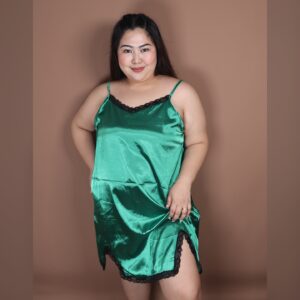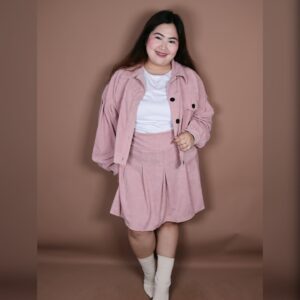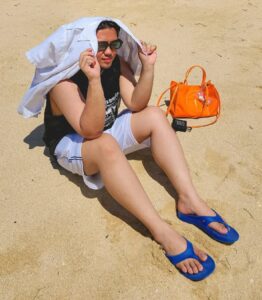Many fashion brands today feature plus-size models in their campaigns to appear inclusive. However, these visuals often don’t reflect the actual experience of plus-size consumers. Some brands promote extended sizes or “curve” lines but offer only limited sizing options—or worse, feature models whose sizes aren’t even available in the product line.
This performative inclusivity creates a false sense of representation. It can lead to disappointment and undermine consumer trust, especially when advertised products don’t align with what’s actually available. Marketing that appears inclusive but lacks true accessibility can be just as harmful as exclusion.
Studies show that consumers respond positively when they see realistic, diverse body types in advertising. Authentic representation contributes to improved body image, boosts confidence, and helps dismantle outdated beauty standards. On the flip side, misleading ads can trigger body dissatisfaction, especially for plus-size individuals already underrepresented in fashion media.
In the Philippines, the Department of Trade and Industry (DTI) addresses deceptive marketing under the Consumer Act (RA 7394). Misleading claims—whether about sizing, quality, or availability—can be reported to the DTI for investigation. Consumers are encouraged to stay informed and assert their rights.
True inclusivity isn’t just about showing diverse models in campaigns. It requires offering a full size range, using honest product images, and backing representation with accessibility. With plus-size consumers forming a growing market, genuine inclusivity is not only ethical—it’s practical and long overdue.
References:
https://www.bworldonline.com/the-nation/2022/03/27/438451/dti-renews-partnership-with-ad-council-vs-false-advertisements/
https://www.researchgate.net/publication/352350006_The_impact_of_inclusive_fashion_advertising_with_plus-size_models_on_female_consumers_The_mediating_role_of_brand_warmth
https://www.refinery29.com/en-gb/fat-inclusivity-plus-size-fashion-brands
Written by: Venn Magpantay








